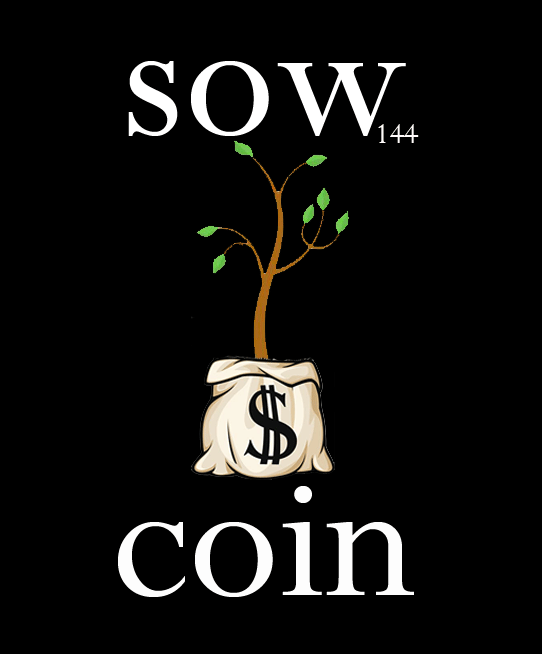Polkadot’s relay chain is built with Substrate, a blockchain-building framework that is the distillation of Parity Technologies’ learnings building Ethereum, Bitcoin, and enterprise blockchains.
Polkadot’s state machine is compiled to WebAssembly (Wasm), a super performant virtual environment. Wasm is developed by major companies, including Google, Apple, Microsoft, and Mozilla, that have created a large ecosystem of support for the standard.
Polkadot’s networking uses libp2p, a flexible cross-platform network framework for peer-to-peer applications. Positioned to be the standard for future decentralized applications, libp2p handles the peer discovery and communication in the Polkadot ecosystem.
The Polkadot runtime environment is being coded in Rust, C++, and Golang, making Polkadot accessible to a wide range of developers.
An app interacts with a Solana cluster by sending it transactions with one or more instructions. The Solana runtime passes those instructions to programs deployed by app developers beforehand. An instruction might, for example, tell a program to transfer lamports from one account to another or create an interactive contract that governs how lamports are transferred. Instructions are executed sequentially and atomically for each transaction. If any instruction is invalid, all account changes in the transaction are discarded.
To start developing immediately you can build, deploy, and run one of the examples.

 Hello world!
Hello world!